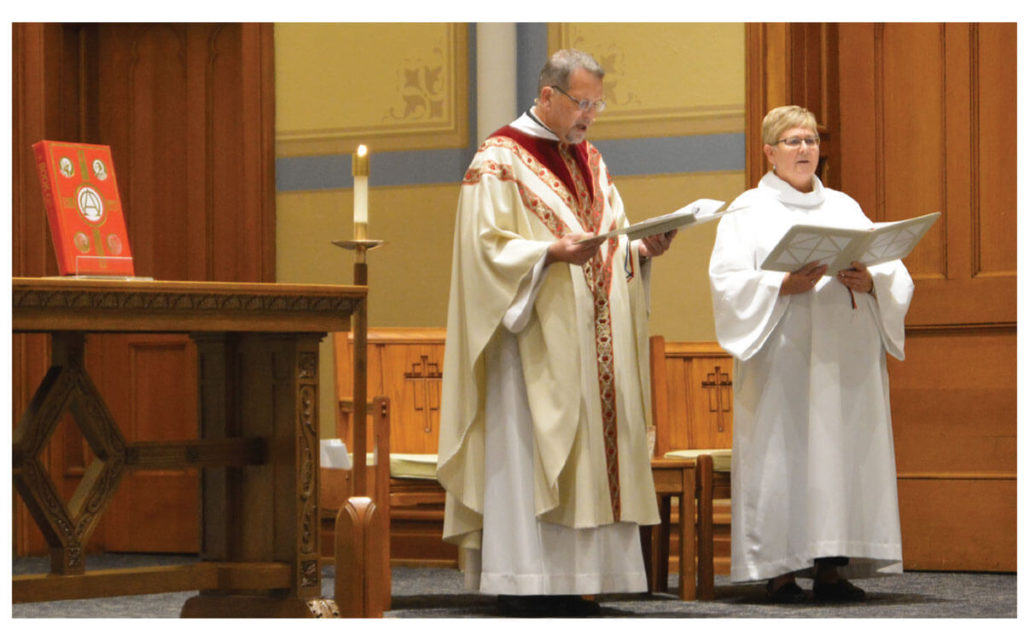by Joan Mitchell, CSJ

Mary and Martha appear in two gospels, Luke and John. The five-verse story in Luke forms Sunday’s gospel. It sets the two sisters at odds and requires Jesus to mediate. In John both women are visible, central characters who advance the action in chapters 11 and 12. With Lazarus, their brother, they are friends Jesus loves.
What keeps Martha so busy that Jesus stops her in Sunday’s gospel? Why does Mary listen so intently at Jesus’ feet? What makes Martha’s house so well known? How do you imagine the lives and ministries of these two disciples after Jesus’ death and resurrection?
When communities of faith today celebrate their centennials and create books to record their history, these books usually feature their pastors. If the parish has a school, the history may single out its principals by name and photo as it does the pastors. We tend to honor our leaders even though no one person makes a community visible.
The Center for Applied Research in the Apostolate (CARA) reported the top ten U.S. dioceses with more parishes than active priests — among them my home diocese — St. Cloud (2016). At the time, 56 priests served 131 parishes.
This tends to make small, rural parishes more dependent than ever on the less visible leaders who animate their continuing practice of Christian life — putting on funeral lunches, organizing religion classes, cleaning the church, mowing the cemetery. Many of these invisible leaders are women.In 1987, the sisters at our house started a small Christian community. We called it Second Sunday, the day each month we gather. We invited sisters from two other houses to join us. The circle has widened ever since and welcomes all comers today, 34 years later. How do we keep going? We take turns hosting and leading gospel reflection.
- Name and tell about womenand men who sustain the life ofyour faith community.
